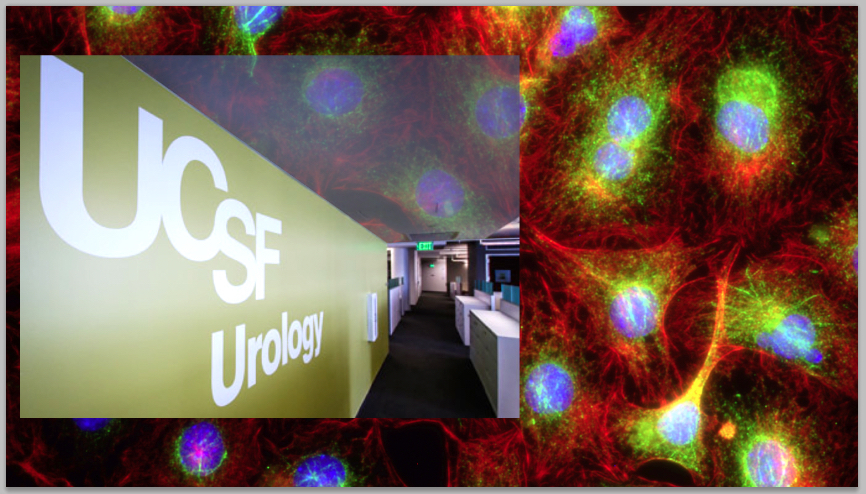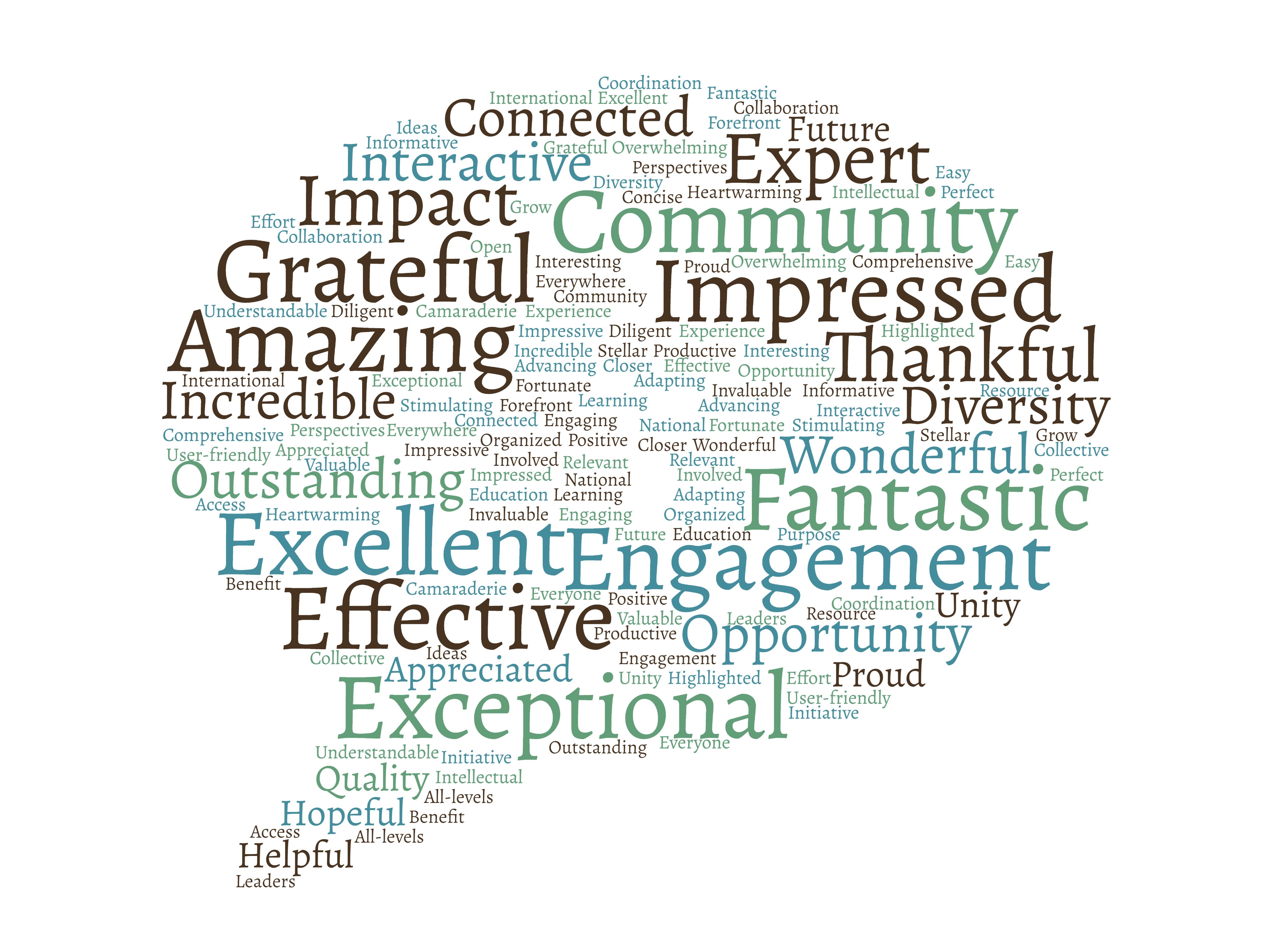Submitted on April 21, 2020

The novel coronavirus has disrupted the world as we know it, but UCSF Urology has not halted its mission. There are still patients to care for, residents and students to teach, and innovations to create.
Sometimes this means we’ve had to invent new rules or re-think old paradigms. Innovative thinking, partnerships and our world-class institution all helped to crash through barriers and solve problems.
INNOVATIVE TECHNOLOGY
In light of the pandemic, an early question for all of UCSF is how health care workers and patients can self-triage safely. UCSF Urology’s Anobel Odisho, MD, MPH in his role at the Center for Digital Health Innovation worked with the team to rapidly deploy a digital patient-facing self-triage and self-scheduling tool to address the COVID-19 pandemic. Patients used a digital health tool to remotely evaluate their risks of exposure to COVID-19 and new symptoms. Patients were classified into one of four categories: emergent, urgent, non-urgent or self-care- and then connected with the appropriate level of care via direct scheduling or telephone hotline. On average, patients who used the tool to self schedule, spent 2 minutes to schedule an appointment, but patients who called the hotline took over 2 hours to schedule an appointment.
These efforts were recently published in the Journal of the American Medical Informatics Association.
Making sure our healthcare staff and employees are safe was another key pillar of our response. The team at Center for Digital Health Innovation also launched a chat-based mobile tool to screen employees daily and to ensure that any who might be infected did not come to work and were evaluated by employee health.
Both of these tools were launched within weeks.
CONTINUING TO EDUCATE
Educating our learners has also not stopped during the crisis which calls for social distancing and shelter-in-place rules. Associate residency program director Lindsay A. Hampson, MD, MAS was asked by some residents about options for didactic learning in the face of decreased clinical learning opportunities, and within a week the, Urology Collaborative Online Virtual Didactics (COViD) lecture series was born. https://urologycovid.ucsf.edu/
The residents had emailed Dr. Hampson on a Sunday after the initial shelter-in-place order in San Francisco, and by Tuesday she had envisioned the program and reached out to some residency program directors at other institutions to assess their interest in participating. Dr. Hampson worked with Michelle Lifto and Kirstie Cruz to build a website and the structure for a multi-institutional online video didactics series with faculty from across the country volunteering to give lectures on AUA core curriculum topics. Dr. Raj Pruthi, Professor of the Department, provided the inaugural lecture on non-muscle invasive bladder cancer, tapping into his knowledge and role as a member of the AUA guidelines committee.

“It was so well received – it blew me away,” says Dr. Hampson, “Trainees were enthusiastic about new learning opportunities and also for the sense of community and collaboration that the series brought. As soon as word spread, so many institutions wanted to participate and be a part of it. By the end of the week that we launched the series, we had all of our lecture spots filled up through the end of May and had generated a month-long waitlist of other faculty who wanted to give lectures.”
The success of the program has been measured in scope and volume. They are seeing on average between 300-600 “live” viewers each day, and hundreds more watching the lecture videos afterwards.
“One of the amazing things about it is the reach that we’ve seen,” Says Dr. Hampson. “When I gave a lecture I asked people to tell me where they were tuning in from – we are reaching people from all regions across the country and also from Tehran, Sao Paolo, Sri Lanka, Saudi Arabia!”
Ninty-five percent of respondents say that the COViD series has allowed them to continue their education, 92% say that it’s giving them access to leaders in the field, and 82% say it’s helping them feel connected to the urologic community. One hundred percent have said they want the series to continue. This will likely be a lasting opportunity for learners to be educated by academic leaders from around the country. One of the great things is that all of the lectures are recorded, so that if trainees are involved in clinical care or are in a COVID19 hotspot and can’t participate live, they can watch the videos online later. The lecture series also provide CME for providers.
Hillary Copp, MD, MS has launched a similar program focusing on pediatric urology, The Pediatric Urology Fellowship Lectures Online (Peds Uro Flo).
TELEMEDICINE – 5 YEARS IN 5 DAYS
Perhaps the most exciting change has been the ability to offer telemedicine visits to our patients. Because of the pandemic, the Centers for Medicare & Medicaid Services (CMS) relaxed rules around utilizing video conferencing for patient visits. The conference still includes the doctor, their scribe and a resident who stays very involved in the care delivery.
“This is an enormously important development in providing broad care to those that are in need,” says Raj S. Pruthi, MD, MHA FACS, Professor, Department of Urology. “Because we are a center of excellence with some clinics considered ‘destination programs,’ our patients come from hours away to see our clinicians. We have been trying for five years to offer video conferencing to our patients to lessen the burden and expense of travel. Our telemedicine program was up and running in five days.”
Presently, almost 100% of patients are being seen by video visits. This compares to < 10% pre-COVID. This option has meant that doctors can now see more patients than traditional in-person visits. For example, in the department’s urologic oncology program, 7 weeks ago, there were 300 patients trying to see our oncology doctors. As of the writing of this article, there are now less than 10 patients in the queue.
“For some patients, it is a big deal not to have to drive and pay for parking. Not every person understands how to get around San Francisco traffic,” explains Reuben Au Yeung, Practice Manager for Urology Oncology. “Yes, only some visits can be done via video, but if even a significant portion can be performed by telemedicine, it is a great improvement for how we see things for the future.” He further explained that providers have been creative in developing treatment and diagnostic algorithms to minimize in-person visits resulting in greater efficiency and less patient burden. “This is a big win for patients, and will potentially change how we take care of patients forever.” says Dr. Pruthi. “I am hopeful that CMS will continue to support telemedicine permanently.”
Teleconferencing is also being used to “pre-teach.” Here, a nurse can educate 4-5 patients at a time in what to expect and field group questions. Future plans are to continue using technology with a goal of letting the patient schedule their own video appointment via MyChart.